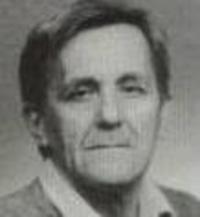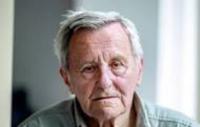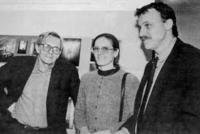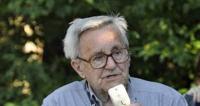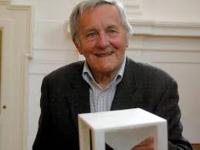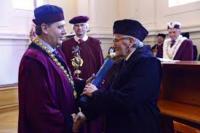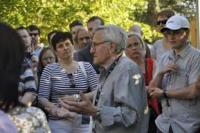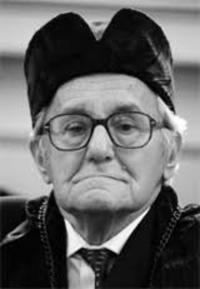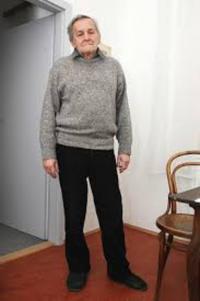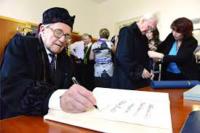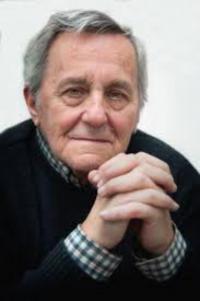The communists buried our exhibition in Osaka, Japan. But I was never bitter about it
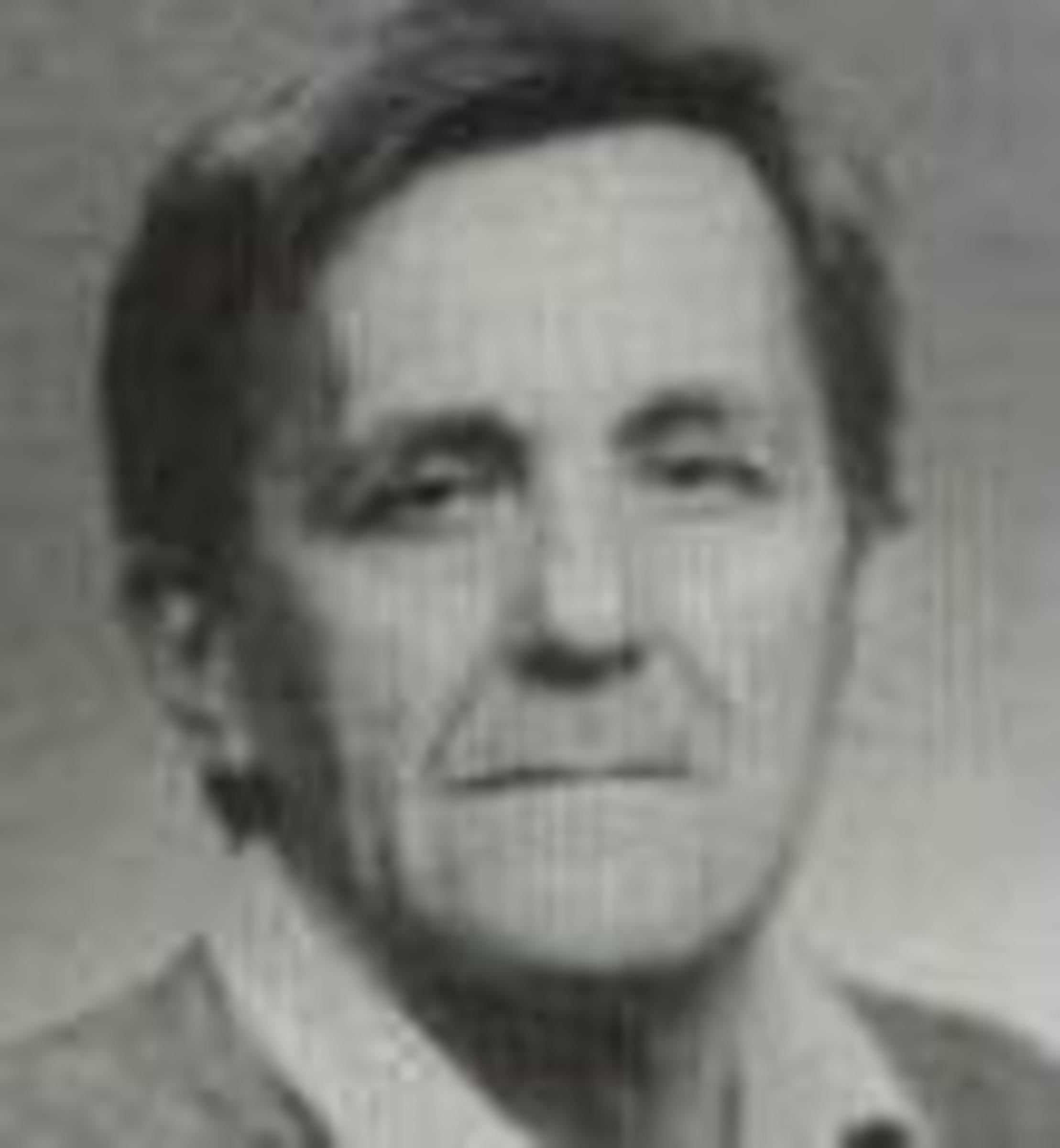
Download image
Viktor Rudiš was born on the 9thof June 1927 in Brno. He studied architecture during the communist era, a time that did not favour grandiose architectonic projects. Despite the adversity he has interesting projects on his resume – the Lesná neighbourhood in Brno is considered to be one of the best in the republic, for instance. Viktor studied at an engineering school and, following the recommendation of his uncle, a well-known architect named Evžen Škarda, he passed the faculty of architecture’s entry exams, which led to an opportunity to meet legends like Bedřich Rozehnal, Bohuslav Fuchs, or Vincenc Makovský. After graduating he worked at the Research Institute of Construction and Architecture (“Výzkumný ústav výstavby a architektury”) in Brno before being dismissed for his background. He was offered work at Stavoprojekt Brno. He and his colleagues participated in a number of international competitions and won the international contest to create the Czech pavilion for the Expo 1970 fair in Osaka, Japan. The exhibition included objects created by major Czech artists and based on a libretto written by Adolf Kroupa, the then director of the Brno House of Arts, and Jan Skácel, a poet from Brno. The libretto was based on the human lifetime divided into times of joy, anxiety, and hope. This reflected the period of the year 1969, following the occupation of Czechoslovakia. The pavilion was a success, with about ten million visitors. However, it was considered as an act of enmity even during the exhibition’s launch. Rudé právo described it as a provocation paid for by manual workers’ money, it was forbidden to publish any sort of texts concerning the exhibition and practically no one spoke about it for the next twenty years. Some artists were experiencing problems since then, including Viktor Rudiš. When his son applied for the study programme at the faculty of architecture it was pointed out to him that his father has a blot on his reputation because of Osaka. Viktor Rudiš continued working at Stavoprojekt Brno until his retirement and later founded an architectonic company with his son. He still works and lives in Brno.
